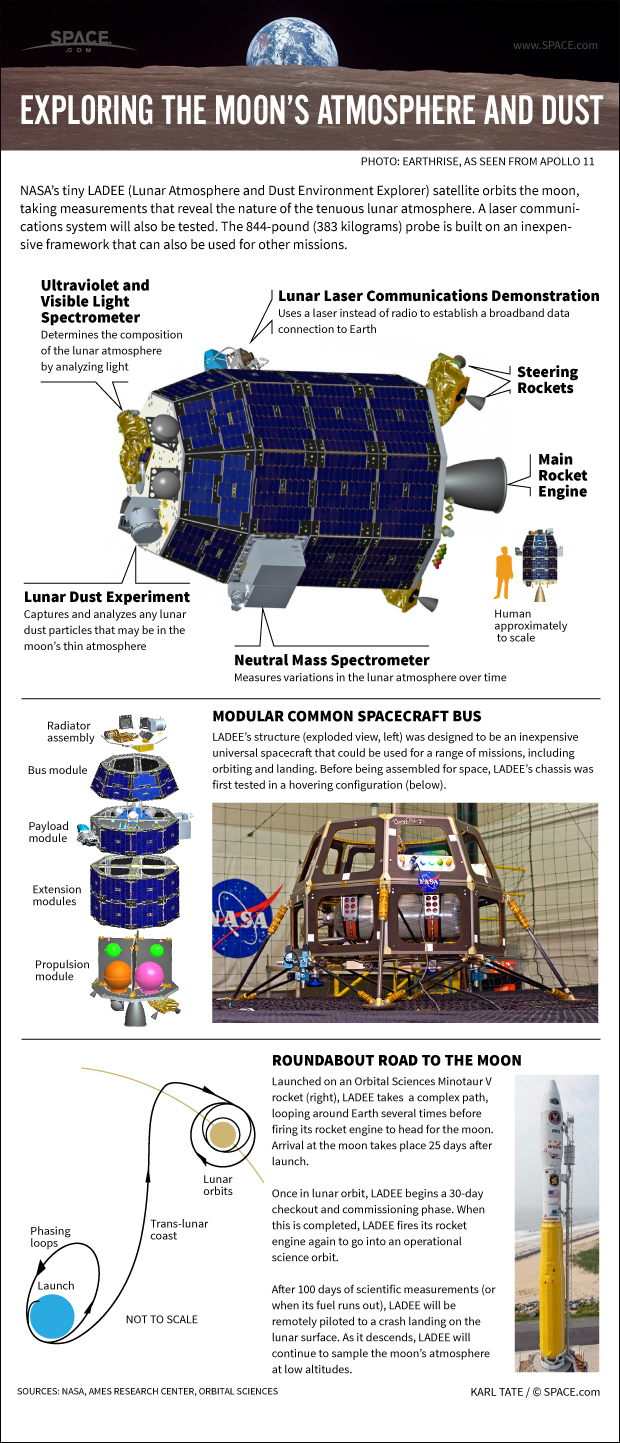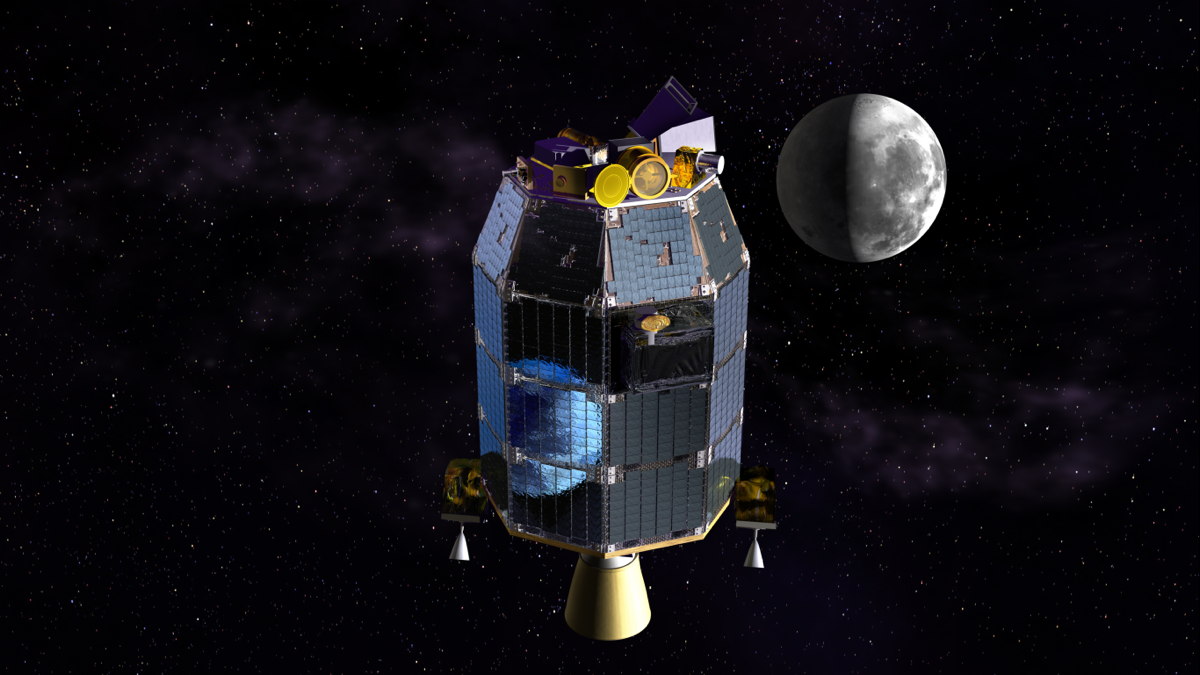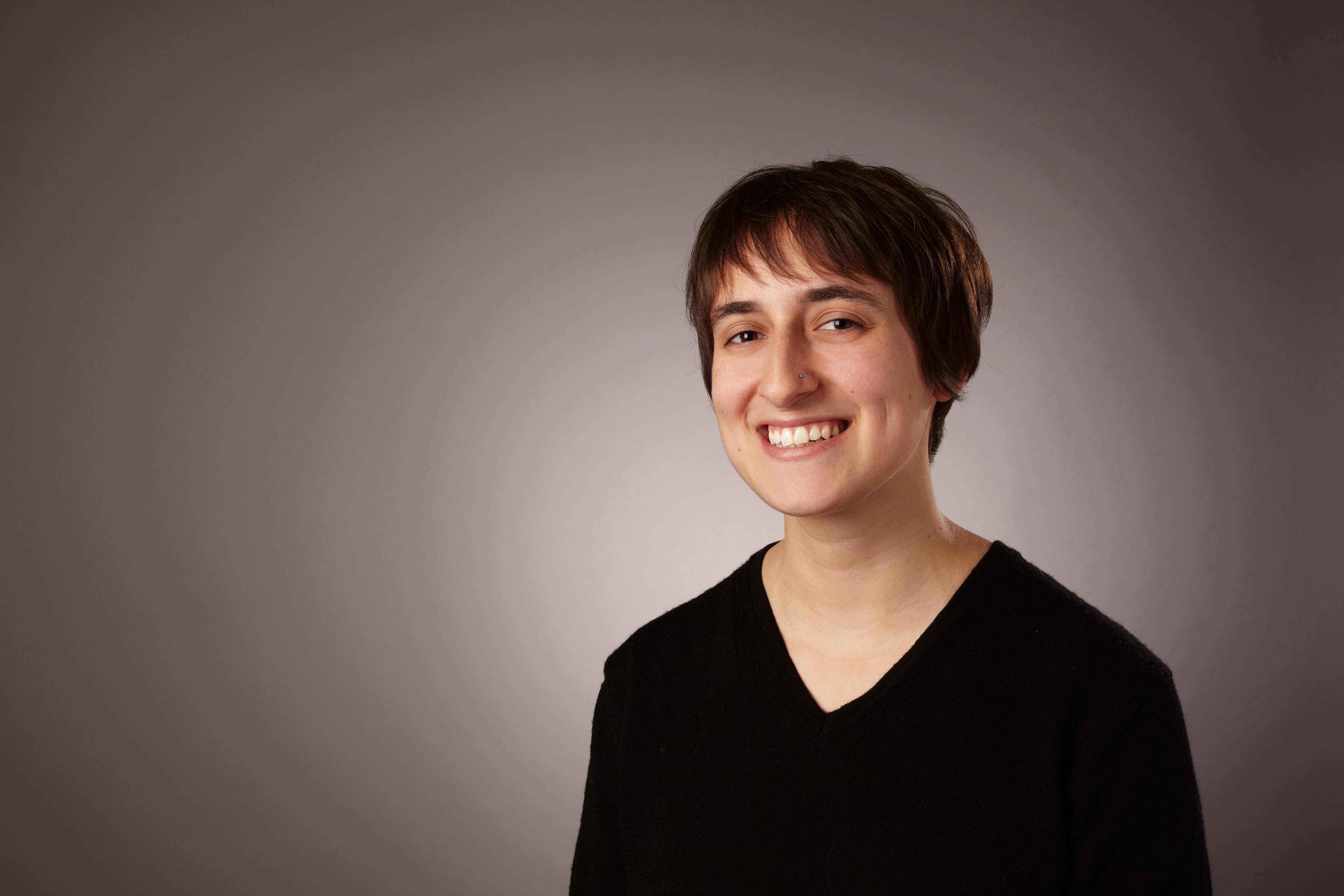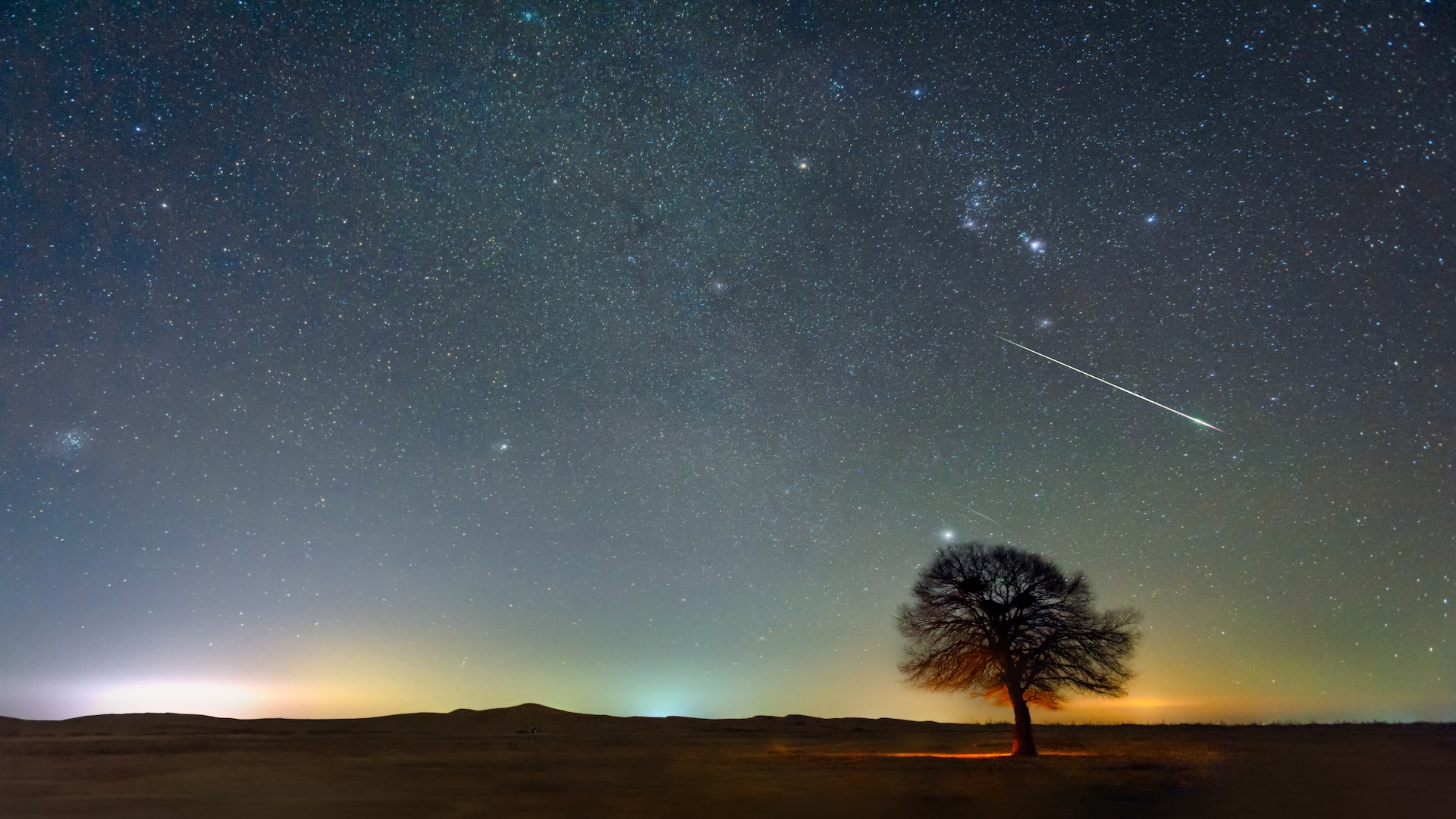NASA Moon Dust Probe Ready to Launch from Virginia Coast
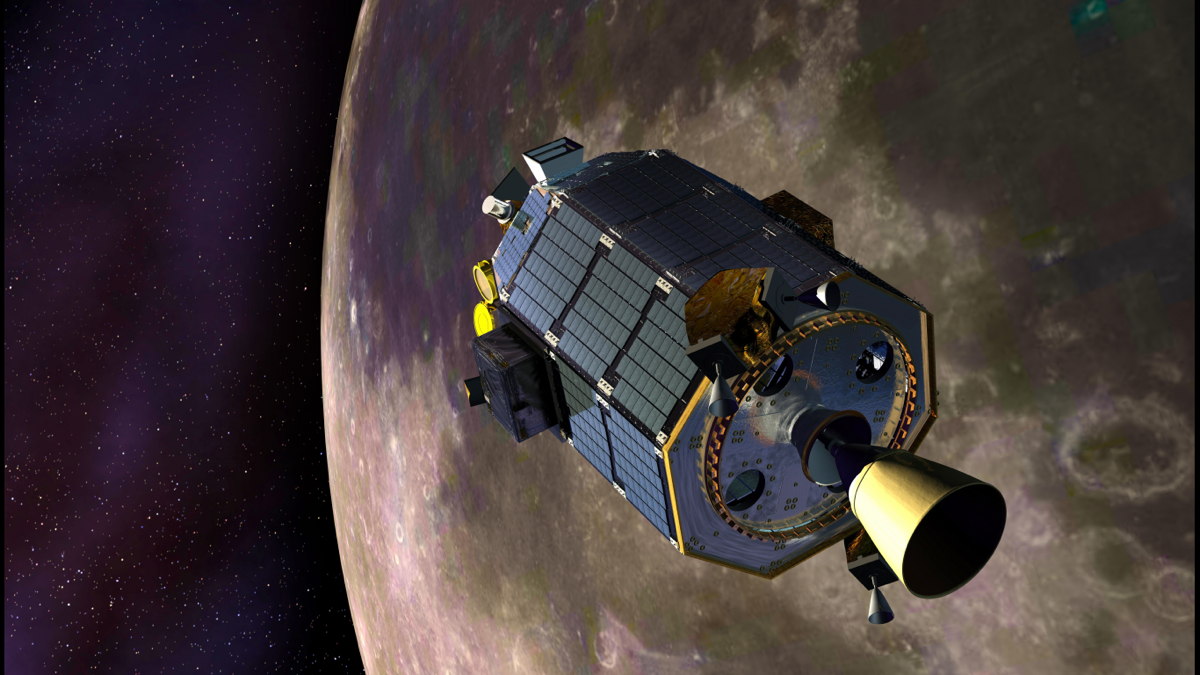
NASA's next moon shot, a robotic mission to investigate the mysteries of moon dust and the lunar atmosphere, is set for for a September launch from Virginia's Eastern Shore.
The Lunar Atmosphere and Dust Environment Explorer spacecraft, dubbed LADEE for short, is slated to launch from NASA's Wallops Flight Facility on Wallops Island, Va., on Sept. 6 atop a brand-new Minotaur 5 rocket, which will mark the maiden voyage for this new booster. The $280 million LADEE mission will be the first moon-bound spacecraft launching from Virginia's Wallops facility.
LADEE — pronounced like "laddie," not "lady" — will probe the extremely thin lunar atmosphere and investigate dust from the moon's orbit. Atmospheres like the moon's (called a surface boundary exosphere) are actually the most common type of atmosphere found in the solar system, Sarah Noble, a LADEE program scientist said. [Photos: NASA's LADEE Moon Dust Mission in Pictures]
"Mercury, a lot of the moons of other planets, even some large asteroids are big enough to have a surface-boundary exosphere," Noble said during a news conference today (Aug. 22). "It's a class of atmosphere we actually don't know that much about. It turns out that the moon is a really convenient place to go to learn about this common type of atmosphere."
LADEE will also search the moon's atmosphere for lunar dust, possibly helping scientists solve a mystery. Some Apollo astronauts saw a glow on the horizon of the moon before sunrise. Scientists think that this may have been caused by electrically charged moon dust, a theory that LADEE is expected to investigate.
It will take LADEE 30 days to make its way into orbit around the moon. It's possible to make it into orbit in less time, but LADEE would use up too much fuel along the way, Butler Hine, LADEE project manager told the press.
NASA scientists and engineers need to conserve the spacecraft's fuel to keep it in the proper orbit around the moon. Because of the moon's lumpy gravity and LADEE's low orbit, the spacecraft needs a significant amount of fuel to keep its 100 days of science on track.
Get the world’s most fascinating discoveries delivered straight to your inbox.
As well as performing science, LADEE is also tasked with testing a new way to communicate with NASA controllers on the ground. The spacecraft's Lunar Laser Communications Demonstration allows LADEE to send and receive data to and from the Earth in a different way.
"We're going to use laser communications to demonstrate at least six times more data rate from the moon than what we can do with a radio system with half the weight and 25 percent less power," Don Cornwell, the mission manager for the Lunar Laser Communications Demonstration said.
"We will be NASA's first high rate two-way laser communications demonstration," Cornwell added.
As spacecraft move farther into the solar system, it is possible that laser-based methods will be the most efficient means of communication with deep-space probes. By using lasers, spacecraft might be able to send movies, high-resolution photos and even 3-D images to ground controllers, Cornwell said.
This story was provided by SPACE.com, a sister site to LiveScience. Follow Miriam Kramer @mirikramer and Google+. Follow us @Spacedotcom, Facebookand Google+. Original article on SPACE.com.



